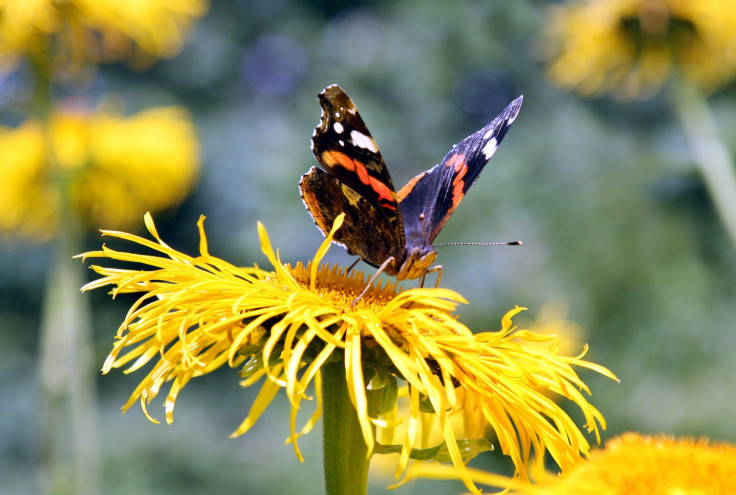British butterfly numbers mysteriously 'collapse' despite warm and dry summer
Some of the most common species in the UK saw declines of over 40% since last year.

Results from the annual Big Butterfly Count has come up with surprising results as numbers of several common butterfly species have dramatically fallen. Falls were recorded for the majority of species, with many showing the worst numbers since the beginning of the scheme.
Butterflies overall saw a drop – with participants in the count recording the lowest numbers of butterflies spotted: only 12 on average.
The figures were described as a 'mystery' as the summer had seemed perfect weather for butterflies – warm and dry – but population numbers still came out worse than "the cold and wet disaster summer of 2012" according to Butterfly Conservation.
Common species like the Gatekeeper recorded drops in excess of 40%. The Small Tortoiseshell saw a 47% population drop, while the Peacock fell 42%. In the last three year the average number of Peacocks spotted per count has fallen six-fold.
Butterfly Conservation said that the reasons behind the fall were still "unclear" but Head of Recording, Richard Fox suggested a few possibilities: "Perhaps the very mild winter had a negative effect, or the cold spring, or perhaps the impacts of intensive farming and pesticides are really hitting these common species now."
Most commonly seen species 2016
- Large White - 62,890
- Small White - 61,955
- Meadow Brown - 57,281
- Gatekeeper - 47,597
- Ringlet - 26,968
- Red Admiral - 26,568
- Peacock - 18,508
- Green-veined White - 16,879
- Small Tortoiseshell - 12,335
- Speckled Wood - 10,271
Not all species saw the decline though. The Red Admiral saw a 70% increase on 2015 numbers and the Green-veined White's numbers rose 58% in the same time-frame. The most numerous species, the Large White, also saw a small increase of 2%.
390,000 butterflies were spotted this year during the Big Butterfly Count's three week recording period in the summer with 36,000 people taking part.
"The importance of Big Butterfly Count is that it takes place every year over a long period; the longer it goes on the more we can learn about the causes that are driving the declines and in some cases, increases of our beautiful butterfly species," said Fox.
© Copyright IBTimes 2025. All rights reserved.






















